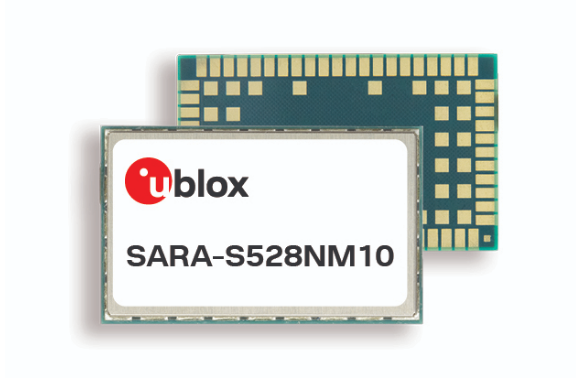Teledyne DALSA, a division of Teledyne Technologies, proudly announces the launch of the Linea HS2 TDI line scan camera series. This innovative camera family marks a significant advancement in next-generation TDI (Time Delay Integration) technology, reflecting over 40 years of industry-leading expertise. Specifically designed for ultra-high-speed imaging in low-light conditions, the Linea HS2 delivers outstanding image quality, boasting 16k/5 µm resolution and an impressive maximum line rate of 1 Megahertz, which translates to 16 Gigapixels per second in data throughput.
Key Features and Benefits of the Linea HS2 Camera
The Linea HS2 camera series is equipped with a highly sensitive Backside Illuminated (BSI) multi-array TDI CMOS sensor, offering 16k/5 µm resolution with optimized Quantum Efficiency. This makes it perfectly suited to meet the demanding requirements of today’s and future machine vision applications. The multi-array TDI sensor architecture allows users to configure the camera for specific needs, enhancing either image quality, line rate, dynamic range, or full well capacity, depending on the application.
This flexibility is particularly beneficial in industries requiring high-precision imaging, such as semiconductor wafer inspection, high-density interconnects, flat panel display inspection, and life sciences. Additionally, the camera supports on-chip binning, which increases system throughput by enabling higher web speeds.
Advanced Connectivity and EMI Immunity
The Linea HS2 is designed with dual Camera Link HS CX4 connectors, enabling the use of Active Optical Cables that offer complete Electromagnetic Interference (EMI) immunity. This ensures the camera maintains data integrity and reliable performance in environments with high electromagnetic interference.
Enhanced Speed and Seamless Upgrades
Compared to its predecessor, the Linea HS, the Linea HS2 delivers a 2.5 times speed increase while maintaining compatibility with the same pixel size, optics, cables, and mounting hardware. This allows for an easy, seamless upgrade for users of the existing Linea HS cameras, ensuring faster performance with reasonable power consumption.
For additional thermal stability, the Linea HS2 offers an optional liquid cooling accessory, which helps maintain consistent performance during extended operation in demanding environments.
Integration with Teledyne’s Xtium2 CLHS Frame Grabbers
The Linea HS2 integrates seamlessly with Teledyne’s Xtium2 CLHS series frame grabbers, which leverage next-generation Camera Link HS (CLHS) technology. The frame grabbers provide data transmission speeds of 16 Gigapixels per second through dual CLHS CX4 connectors connected to active optical cables. This advanced setup enables parallel data processing across up to 12 PCs, enhancing the overall processing power and efficiency of high-speed imaging systems.
See the Linea HS2 in Action
The Linea HS2 will be showcased at the VISION trade fair in Stuttgart, from October 8-10, 2024, at the Teledyne booth (8 B10). For more information, visit the product page or reach out to the sales team via the contact page.
About Teledyne DALSA
Teledyne DALSA is part of Teledyne’s Vision Solutions group and a global leader in the design, manufacturing, and deployment of digital imaging components for machine vision. Their extensive product line includes image sensors, cameras, smart cameras, frame grabbers, and vision solutions. These products form the backbone of thousands of inspection systems worldwide, serving industries such as semiconductor, electronics, automotive, and medical imaging.







